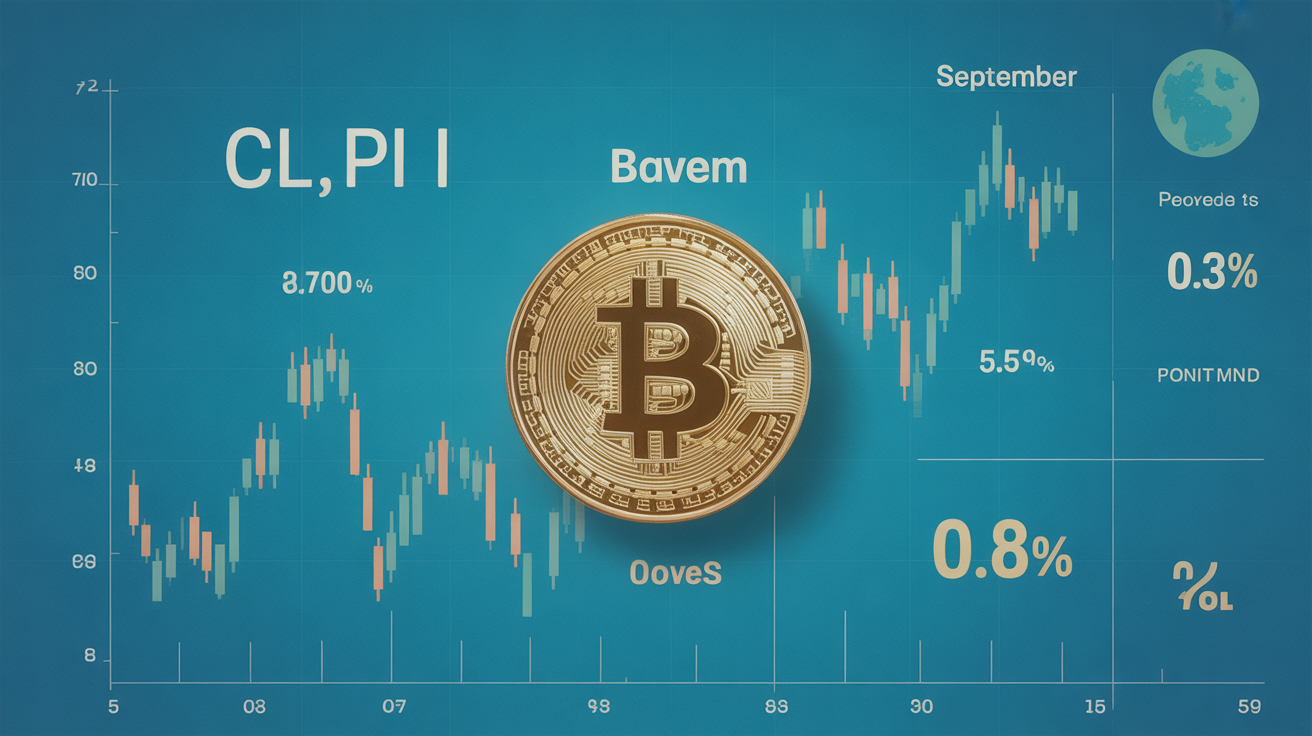Bitcoin’s recent sideways trading, despite rising global liquidity, may reflect a combination of large-scale selling from long-held coins and unusual financial dynamics.
Raoul Pal, founder of Global Macro Investor, highlighted a chart comparing bitcoin’s (BTC) price with global M2 money supply. Historically, since early 2023, bitcoin has tracked M2 with a roughly 12-week lag, indicating that changes in global liquidity take about three months to influence crypto markets.
If this pattern had held, bitcoin could still be on course to approach $200,000 by the end of 2025. However, since 16 July, the correlation has weakened. While M2 continues to grow, bitcoin has largely moved sideways through the summer, deviating from its usual link to liquidity.
Treasury General Account Replenishment Hits Crypto
Pal attributes this divergence to U.S. Treasury activity. To rebuild its Treasury General Account (TGA)—the government’s operating account at the Federal Reserve—the Treasury has issued bonds in excess of immediate obligations.
Since July, roughly $500 billion in bonds have been issued, bringing the TGA balance to near $800 billion, a multi-year high. This large-scale cash withdrawal has drained liquidity from the system, hitting risk-sensitive assets like bitcoin hardest.
Pal expects the TGA to be fully replenished by the end of September, at which point liquidity pressures should ease, allowing bitcoin to resume its historically M2-driven upward trajectory.
Other Market Signals and Selling Pressure
Meanwhile, tech stocks and gold continue to hit new highs, signaling that overall risk appetite remains strong. The sharper impact on bitcoin, however, may also reflect heavy selling from long-term holders, helping explain its divergence from global M2 trends.





